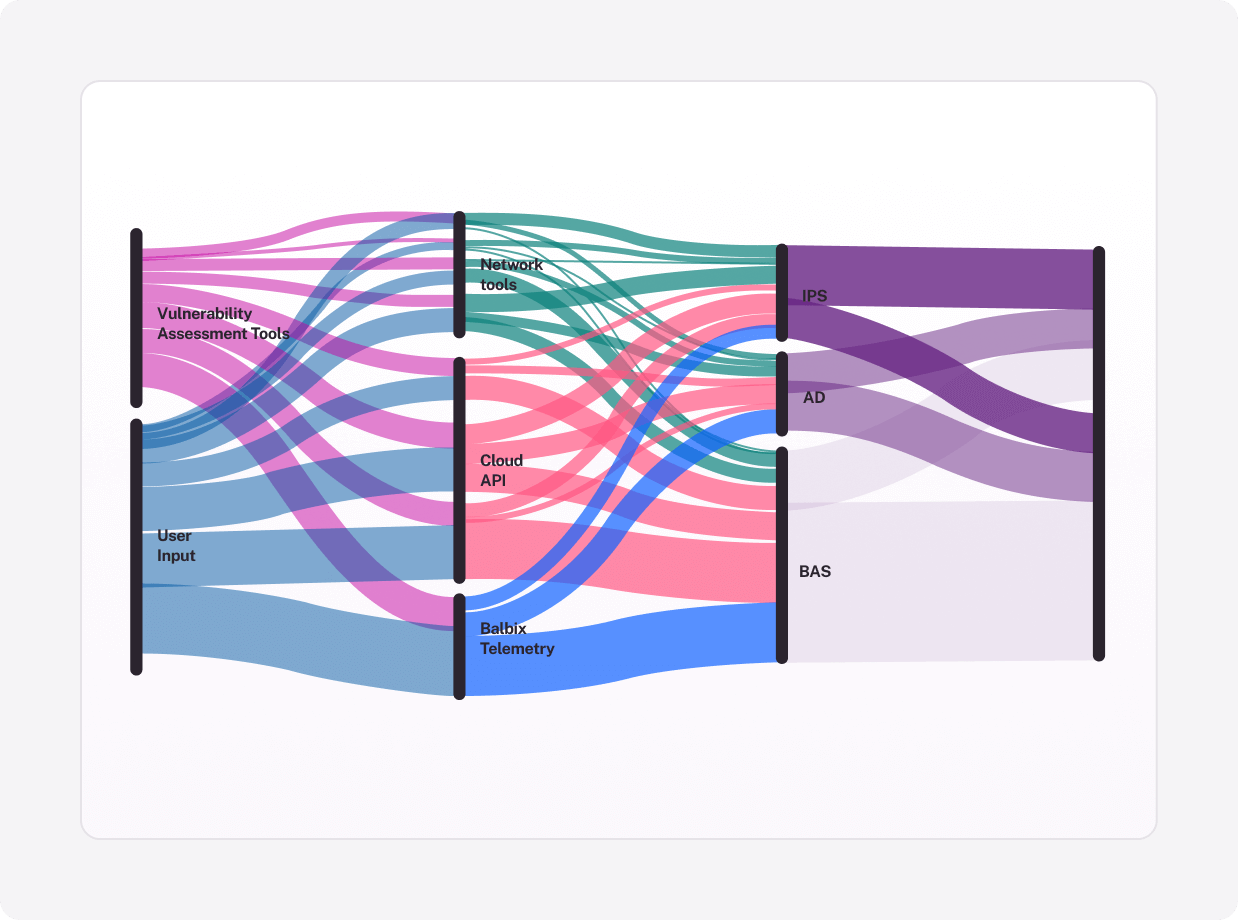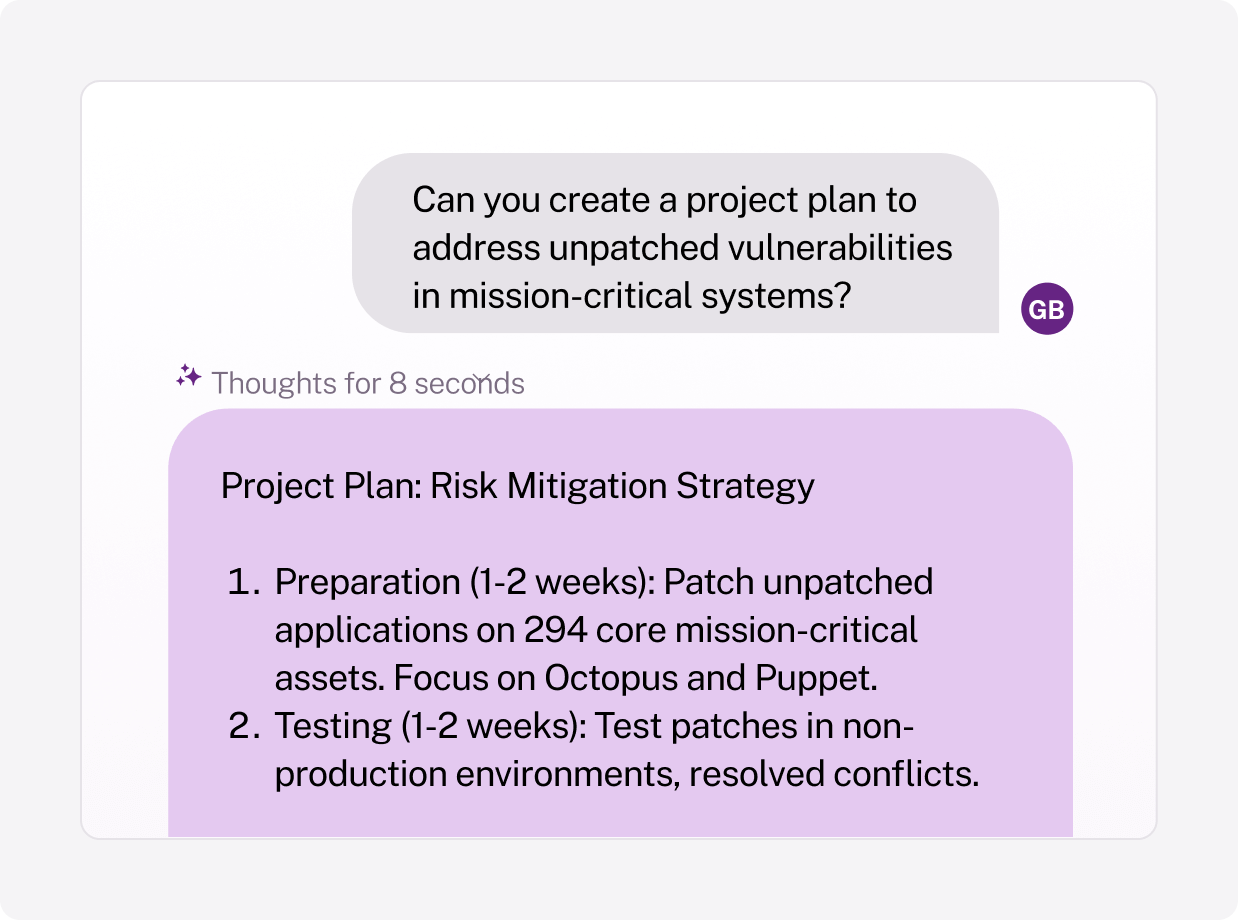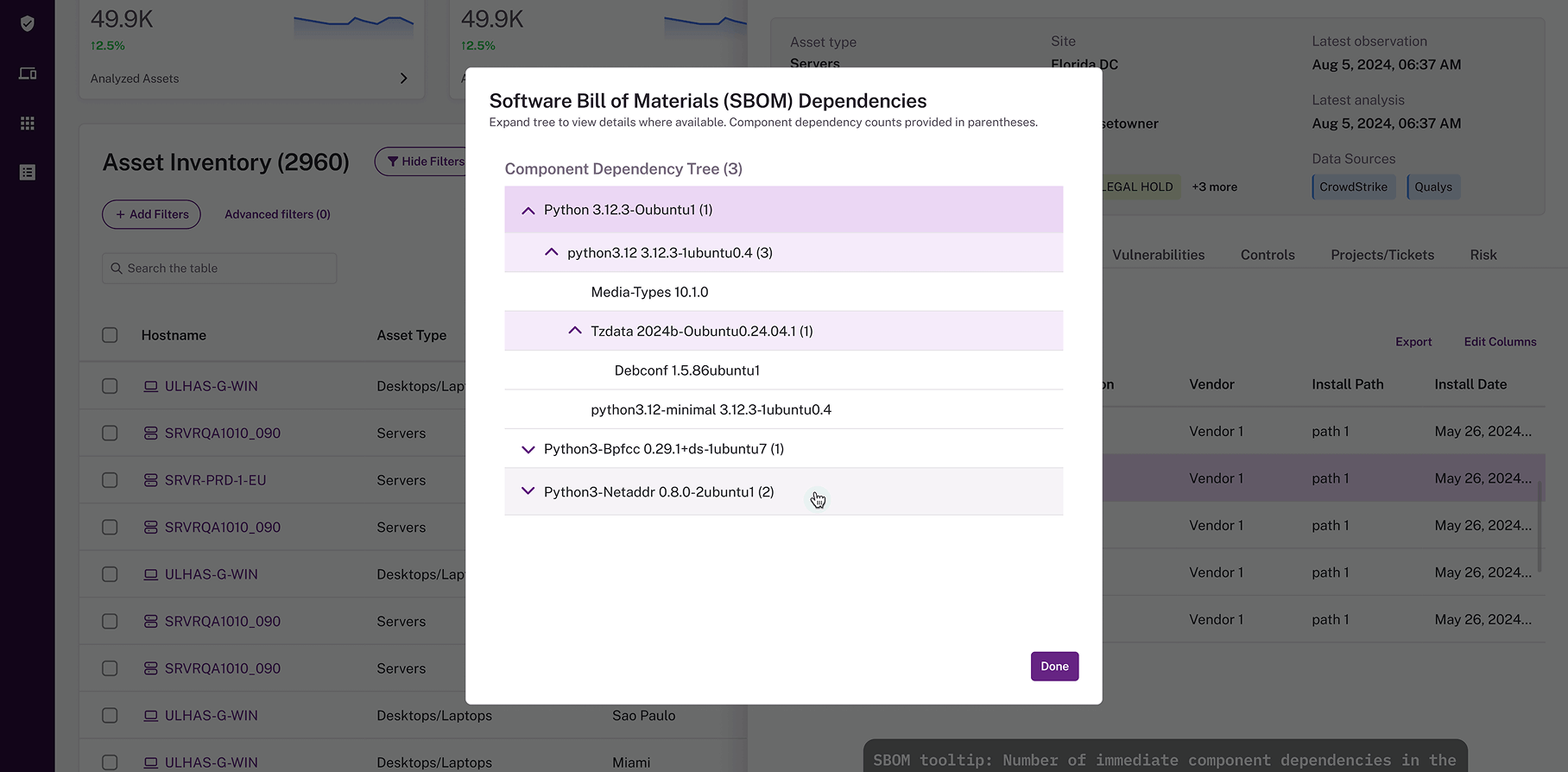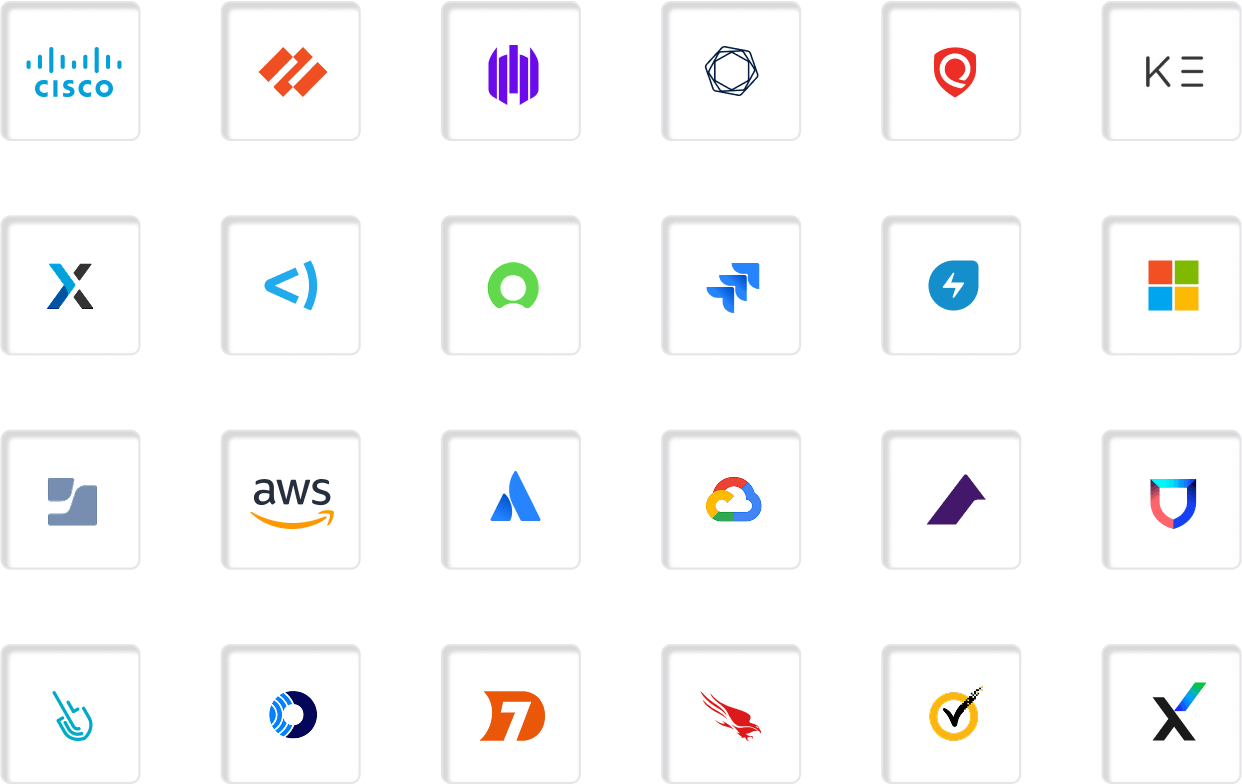Carvana reduced insurance premiums by 25% and improved coverage by 2x.
25%Reduced insurance premiums2xImproved coverage

Balbix automates asset discovery, risk assessment, and prioritization, freeing your team from manual work, tool sprawl, and alert fatigue.

Balbix AI analyzes billions of signals and prioritizes risk based on exploitability, business impact, and exposure pathways so you can act on the exposures that truly matter.

From discovery to mitigation, Balbix delivers clarity fast. Get contextual, guided next steps—automated and always up to date.
Leading organizations use Balbix to reduce risk, simplify compliance, and save time and budget across the board.
Balbix combines a real-time data fabric, an advanced AI engine, and a conversational assistant to give your team an always-on advantage. From visibility to prioritization to action, every layer works together to lower cyber risk and reduce operational cost—fast.
Balbix continuously ingests, deduplicates, and normalizes security data across your entire environment—spanning IT, OT, cloud, and shadow assets. With out-of-the-box integrations and automated discovery, you get a complete, always-current view of your attack surface without the manual work.
See every asset. Map every exposure. Never miss what matters.


Balbix’s AI fabric processes billions of signals across assets, vulnerabilities, misconfigurations, and threat intel—instantly. It continuously evaluates risk based on exploitability, asset criticality, business impact, and exposure paths.
The result: precise, prioritized guidance that helps you act faster and smarter—without the noise.


BIX is your always-available cyber risk advisor. It understands your environment, speaks in plain language, and delivers instant, contextual answers to your most pressing questions—from exposure and asset status to compliance readiness and mitigation strategies.
No more waiting on reports. No more digging through dashboards. Just ask.


See and understand your full attack surface, including vulnerabilities, misconfigurations, and EOL systems—before threats strike.
Translate technical risk into business impact. Use financial modeling to guide prioritization and strategy.
Maintain a unified, real-time view of all your IT, OT, IoT, and cloud assets—automatically.
Continuously monitor application vulnerabilities and misconfigurations to reduce risk early in the development lifecycle.
Understand your software components and reduce supply chain risk from third-party code and libraries.

Balbix connects with your entire security and IT ecosystem—SIEMs, CMDBs, vulnerability scanners, cloud platforms, and more—to consolidate risk data and streamline operations.



Balbix helps security teams understand their risk, prioritize what matters most, and take action faster. It combines asset inventory, vulnerability management, risk quantification, and compliance into one unified platform.
No. Balbix works with your existing tools—like scanners, CMDBs, and ticketing systems—bringing all your security data together to give you a complete, prioritized view of your risk.
Balbix is used by CISOs, security leaders, risk analysts, and operations teams to streamline cyber risk management, improve decision-making, and communicate effectively with executive stakeholders.
Balbix evaluates real-world exploitability, asset value, and potential impact, so you focus on what puts your business at risk.
Balbix identifies and prioritizes vulnerabilities based on exploitability, business context, and potential impact, so you focus on fixing the issues that matter most.
Balbix is the only solution that transforms raw security data into clear, actionable insights at scale. It combines asset visibility, AI-powered risk analysis, and contextual guidance in a single platform.
Balbix uses AI across its platform—from continuously analyzing data in real-time to prioritizing risk and generating contextual recommendations. BIX, our AI assistant, makes those insights accessible to your team instantly.
Balbix is designed for fast time-to-value. With agentless deployment and prebuilt integrations, most organizations see results in days, not months.
Yes. Balbix continuously maps your environment to key compliance frameworks, automatically surfaces gaps, and simplifies reporting—so you stay audit-ready with less overhead.